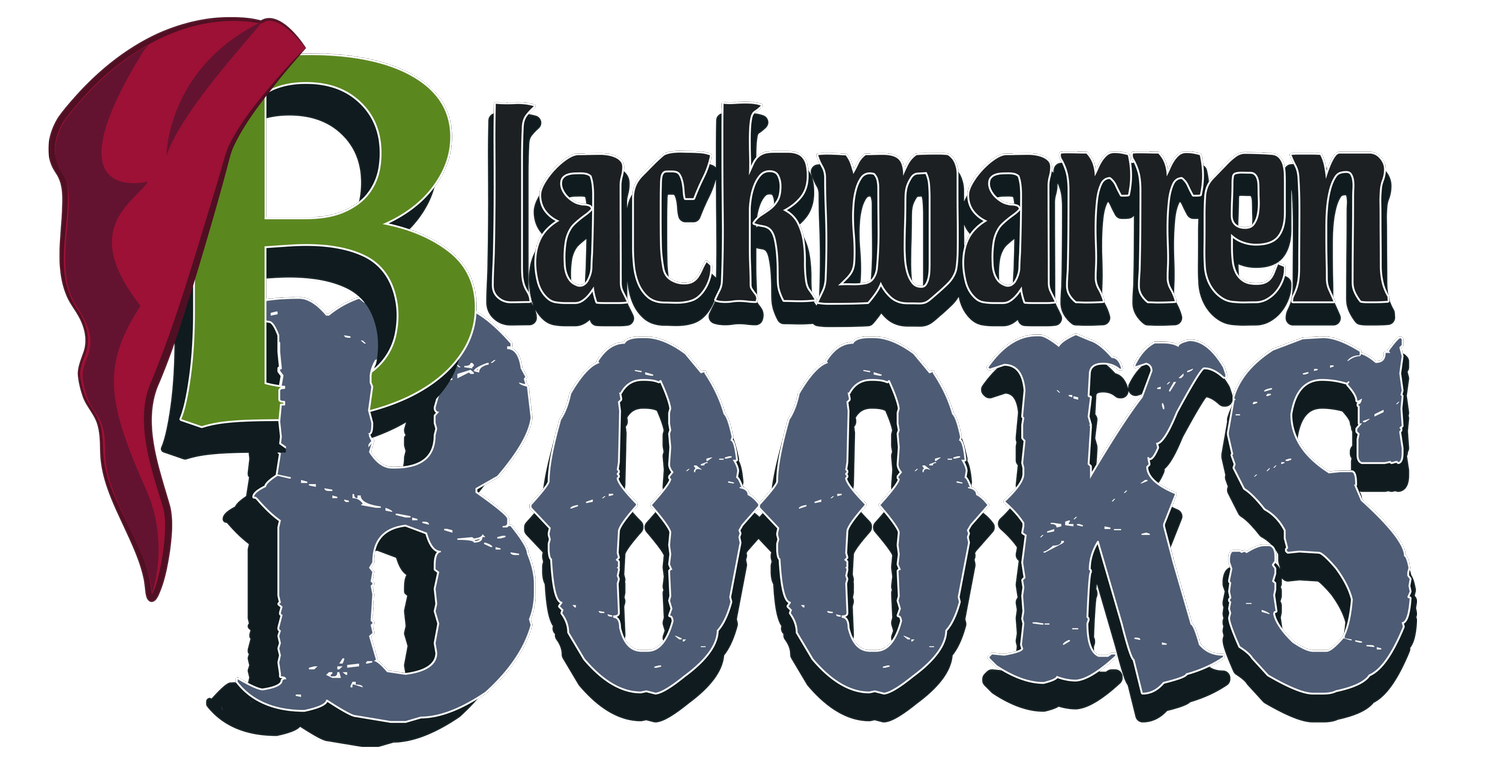More “Punk” Than You: What It Means in Science Fiction
Unless you’ve been living under a rock these past few months, you know that Blackwarren is in the middle of planning a whole series of genre-specific fiction anthologies. This week, we’re focusing on Punk’s Not Dead, the collection of science fiction short stories being overseen by Blackwarren Senior Editor Dave DeMar.
There’s an old joke that you can pretty much throw the "-punk" suffix on any science fiction story to create a subgenre. There’s some truth in that, but there’s a good reason - there are so many different aspects of SF that it’s incredibly useful for a reader looking for something specific. There’s much more to it than for taxonomy, though - in its truest form, using “punk” as a suffix is used to describe subgenres that focus on the negative aspects of technology and society.
These subgenres often explore themes of social inequality, environmental destruction, and the dangers of unregulated technology in ways that you might not get in other more “mainstream” SF stories. There might be elements of these themes in say, your run-of-the-mill space opera but they’re not going to be integral elements that plot points revolve around in the same way.
Examples of Punk SF
So when we refer to “punk” SF, what are we really talking about? The best way to explain them is by listing some of the most common subgenres. They include, in no particular order:
Cyberpunk: a subgenre that typically takes place in a dystopian future where technology has become ubiquitous and has had a negative impact on society. Cyberpunk stories often feature themes of alienation, violence, and the struggle for power. Class inequality created by the ravages of late-stage capitalism are common.
Biopunk: a subgenre that focuses on the intersection of biology and technology. Biopunk stories often explore the potential dangers of genetic engineering, cloning, and other biotechnologies. Biopunk can and often does inhabit the same Venn diagram as cyberpunk, especially with the prevalence of technologies like replacement body parts.
Solarpunk: Solarpunk is a subgenre that imagines a utopian future where humanity has embraced renewable energy and sustainable living. Solarpunk stories often feature themes of hope, community, and environmentalism. There’s often a transhumanist undercurrent to much of solarpunk, especially when combined with highly advanced technologies that have been used ethically, though this isn’t always the case.
Muddying the Waters
As if things weren’t already amorphous enough, the "punk" suffix is also used in other genres, such as fantasy and horror, or in SF stories with fantasy and horror elements. In these genres, "punk" subgenres often have a more rebellious or countercultural bent (as befitting the real-world punk movement). For example, steampunk, one of the most popular of these hybrid genres, combines Victorian-era technology with science fiction elements, often in fantastical settings. Dieselpunk, which updates the technology to the early 20th century prior to the Atomic age, is another derivation that’s also quite popular.
More to Come
Piqued your interest? We’ll be continuing our discussion on SF genres and how they intersect with the “punk” movement all this week. Got an idea for your own punked-up science fiction story that you’d like included in our anthology? Slots are getting filled fast, so check out our Submissions page today!

